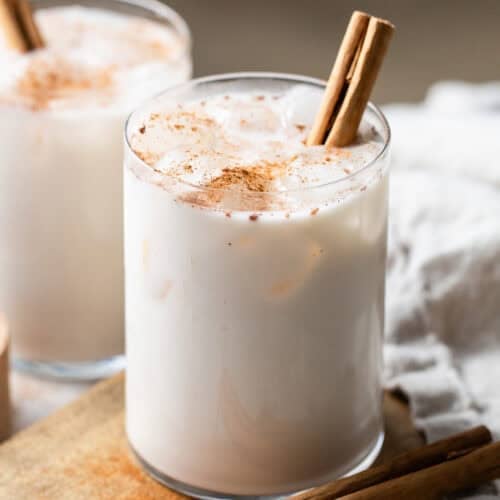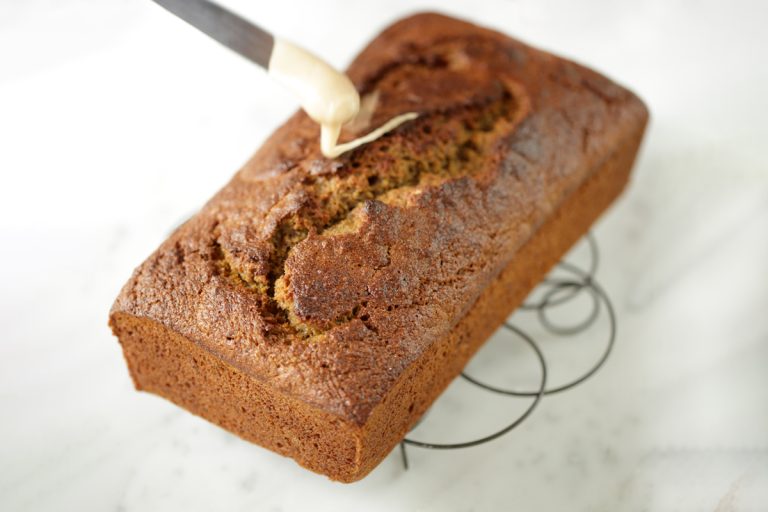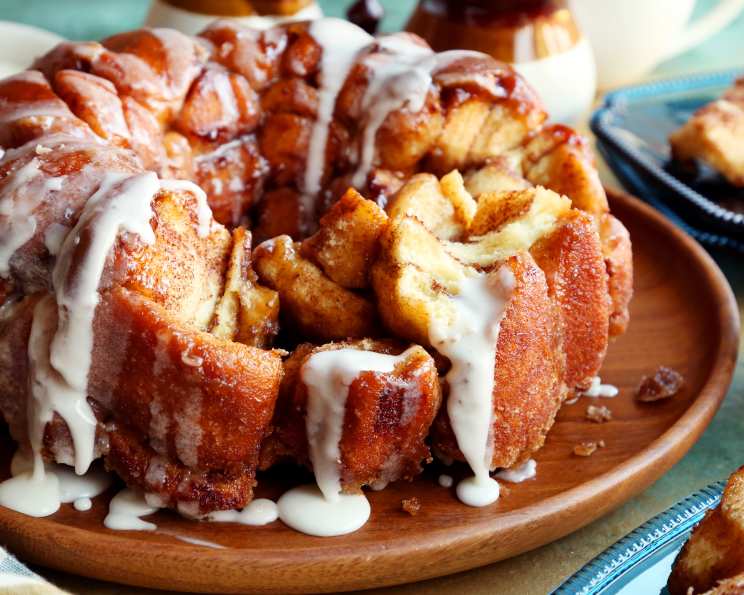Homemade Wine: Tips and Tricks for Perfect Winemaking at Home
Homemade wine involves fermenting fruit, most commonly grapes, with sugar and yeast to produce alcohol. You’ll need basic equipment: a fermentation vessel, an airlock, a siphon tube, and bottles. First, crush the fruit to extract juice. Add sugar if necessary and mix in the yeast. Let the mixture ferment for 1-2 weeks in an airtight container. After primary fermentation, transfer the wine to a secondary container for aging, which may last several months. Monitor temperature and sugar levels to ensure optimal fermentation.
The Different Styles of Homemade Wine
You can create various wine styles at home by selecting different fruits and fermentation methods. Grape wines are the most popular, available in red, white, and rosé varieties. Red wine ferments with grape skins, seeds, and stems for rich color and tannins. White wine uses just the juice to achieve a lighter flavor and color. Rosé involves brief skin contact, giving it a blush hue. Other styles include fruit wines (apple, cherry, or plum) and fortified wines like port or sherry, which are stronger due to added spirits. Experiment with blends and techniques to craft unique flavors tailored to your preferences.
Choosing the Right Ingredients
Selecting Grapes for Wine
Choosing quality grapes is crucial for homemade wine. Opt for varieties known for their winemaking qualities, such as Cabernet Sauvignon, Merlot, and Chardonnay. For a balanced wine, ensure grapes have optimal sugar content (between 18-24%) and acidity levels. Use specialized equipment like a refractometer to measure sugar and a titration kit for acidity.
Harvest grapes at their peak ripeness to ensure robust flavors. If you’re sourcing locally, visit vineyards to inspect grape conditions personally. Look for firm, plump grapes without blemishes. If purchasing, ensure the supplier has a good reputation to guarantee freshness and quality.
Alternative Fruits and Additives
Consider using fruits like apples, berries, or peaches for diverse wine flavors. Fruits like apples add crispness, while berries impart rich, deep notes. Ensure fruit is fresh, ripe, and free from mold. Weigh and adjust sugar content to match that of wine grapes using a refractometer.
Additives play a role in wine quality. Campden tablets (potassium metabisulfite) sanitize and stabilize the wine. Pectic enzyme breaks down fruit pectin, aiding clarity. Consider tannins, acids, and nutrients to balance and enhance flavors. Always follow precise measurements to maintain desired wine characteristics.
Equipment Necessary for Winemaking
Primary Fermentation Equipment
Primary fermentation occurs in large, ventilated containers to allow yeast to ferment the fruit sugars into alcohol. You need:
- Fermentation Vessel: A food-grade bucket or carboy, typically 6-8 gallons, to hold the initial wine mixture.
- Airlock and Bung: An airlock allows CO2 to escape while preventing contaminants from entering. Carboys require a bung to fit the airlock.
- Hydrometer: This measures specific gravity to track fermentation progress and sugar content.
- Siphon and Tubing: This helps transfer wine from the fermentation vessel while minimizing exposure to oxygen.
- Stirring Spoon: A long-handled, food-safe spoon to mix and aerate the must (the unfermented liquid mixture).
Purposely selecting quality materials ensures the fermentation process retains the desired flavor characteristics.
Bottling and Storage Materials
Bottling and storage maintain wine quality until consumption. Essential materials include:
- Wine Bottles: Typically 750 ml glass bottles, although larger or smaller sizes can be used.
- Corks or Caps: Corks need a corker to insert them into the bottles. Screw caps provide a reusable option.
- Bottle Filler: A device to fill bottles with minimal spillage and oxidation exposure.
- Sanitizer: A no-rinse sanitizer, like potassium metabisulfite, ensures all equipment is free of contaminants.
- Labels and Shrink Caps: Labels identify the wine, and shrink caps provide a professional look.
When you properly bottle and store your homemade wine, it enhances both the aging process and final taste.
The Winemaking Process
Steps for Fermentation
Fermentation transforms grape juice into wine using yeast to convert sugars into alcohol and carbon dioxide. Start by crushing and destemming grapes, extracting the juice. Transfer the juice, with skins, to a primary fermentation vessel. Add yeast to the must and stir well. Maintain a temperature of 70-75°F (21-24°C), ensuring optimal yeast activity. Use a hydrometer to monitor sugar levels daily. Fermentation typically completes in 7-10 days.
After primary fermentation, siphon the wine into a secondary fermentation vessel, leaving sediment behind. Attach an airlock to allow gases to escape without letting oxygen spoil the wine. Fermentation continues for several weeks to months until specific gravity readings stabilize, indicating fermentation completion.
Aging and Bottling
Aging enhances wine’s complexity and flavor. Once secondary fermentation ends, rack the wine to remove sediment and transfer it to a clean vessel. Store the vessel in a cool, dark place at 55-60°F (13-16°C). Use sulfites like Campden tablets to prevent oxidation and bacterial growth.
Wine may age anywhere from a few months to several years based on the wine type. Taste the wine periodically to determine optimal aging duration. When you’re satisfied with the taste, it’s time to bottle.
Sanitize bottles, corks, and any equipment used during bottling to ensure wine quality and longevity. Use a bottle filler to transfer the wine, leaving space at the top. Seal with corks or caps and label the bottles with the wine type and bottling date. Store bottles horizontally at a stable temperature, allowing the wine to mature further.
Previewing and understanding these steps ensures success in creating high-quality homemade wine.
Challenges and Tips for Success
Common Issues in Homemade Winemaking
Homemade winemaking often encounters problems that affect the final product’s quality.
- Fermentation Stuck or Sluggish: Fermentation may halt prematurely due to low temperatures or insufficient yeast nutrients. Use a hydrometer to monitor specific gravity and ensure consistent temperatures of 68-77°F.
- Cloudy Wine: Wine remains cloudy due to pectin haze or leftover yeast cells. Incorporate pectic enzyme and allow adequate settling time to achieve clarity.
- Off-Flavors: Poor sanitation or incorrect ingredient ratios cause undesirable tastes. Thoroughly clean all equipment and measure ingredients precisely to avoid contamination and imbalance.
- Oxidation: Exposure to air oxidizes wine, resulting in a browning color and stale taste. Minimize air contact by using airlocks and topping up fermentation vessels properly.
- Excessive Sulfites: Overuse of Campden tablets imparts a sulfur-like smell. Calculate the correct dosage based on batch size, applying sulfites sparingly.
Expert Tips to Improve Your Wine
Enhance your homemade wine by applying expert strategies.
- Ingredient Quality: Use high-quality fruit and fresh yeast to ensure a superior base for your wine. Opt for varietals like Zinfandel or Shiraz for rich flavors.
- Temperature Control: Maintain stable temperatures during fermentation to ensure yeast performance. Consider investing in a temperature-controlled wine fridge.
- Proper Sanitation: Clean and sanitize all tools, fermentation vessels, and bottles consistently. Use potassium metabisulfite for effective sanitation without affecting flavor.
- Patience in Aging: Allow your wine to age sufficiently, enhancing its complexity and depth. Timeframes vary; reds often benefit from six months to a year.
- Testing and Adjusting: Regularly test your wine’s acidity and sugar levels. Adjust with tartaric acid or sugar solutions to maintain balance and achieve desired profiles.
By addressing common issues and implementing expert tips, you’ll enhance your homemade wine’s quality and taste.
Conclusion
Creating homemade wine is a rewarding endeavor that combines science and artistry. By paying attention to ingredient quality, maintaining proper sanitation, and having patience, you can significantly enhance your wine’s flavor and quality. Overcoming challenges like fermentation issues or oxidation becomes manageable with the right knowledge and tools. Embrace the journey of winemaking, and you’ll find that each bottle reflects your dedication and skill. Cheers to your winemaking success!






